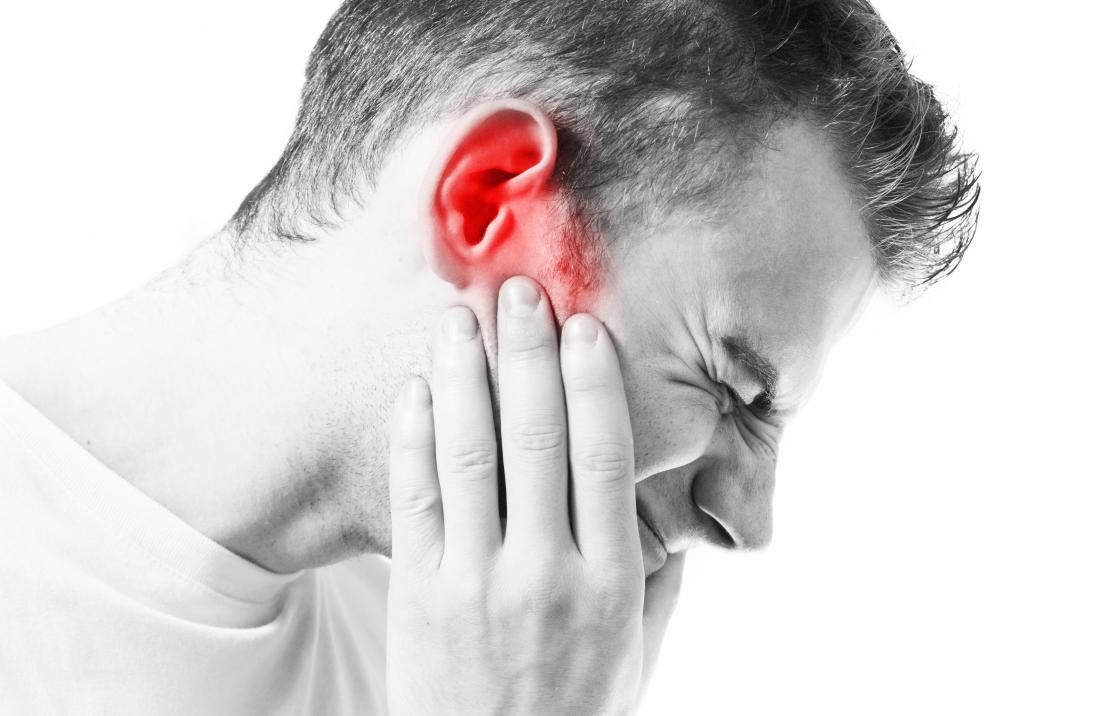Sunburn is more than just temporary redness or discomfort after a day in the sun—it’s a visible sign of skin damage caused by overexposure to ultraviolet (UV) radiation. With increasing awareness of skin cancer and premature aging, understanding sunburn has become crucial for maintaining skin health, especially for people who live in or visit sunny …
Sunburn is more than just temporary redness or discomfort after a day in the sun—it’s a visible sign of skin damage caused by overexposure to ultraviolet (UV) radiation. With increasing awareness of skin cancer and premature aging, understanding sunburn has become crucial for maintaining skin health, especially for people who live in or visit sunny regions regularly.
Health Issue Explanation
Sunburn is an inflammatory response of the skin to excessive UV radiation, primarily from the sun. The skin becomes red, hot, and painful, and in more severe cases, it may blister or peel. While it may seem like a short-term issue, repeated sunburns can lead to long-term skin damage, including increased risk of skin cancer, especially melanoma.
Causes or Risk Factors
Sunburn occurs when the skin is exposed to more UV radiation than it can handle. Risk factors include:
- Spending long hours in the sun, especially between 10 AM and 4 PM
- Having fair skin, light-colored eyes, or red/blonde hair
- Not using sunscreen or using one with low SPF
- Being at high altitudes or near reflective surfaces like water, sand, or snow
- • Certain medications that increase photosensitivity (e.g., antibiotics, acne medications)
Solutions
The key solution is protecting the skin from harmful UV exposure. This includes adopting sun-safe behaviors, using protective products, and being aware of personal risk factors. Once a sunburn occurs, managing it properly can reduce discomfort and promote healing.
Prevention
Preventing sunburn is often easier than treating it. Effective preventive steps include:
- Applying broad-spectrum sunscreen with SPF 30 or higher, even on cloudy days
- Reapplying sunscreen every two hours, or after swimming or sweating
- Wearing protective clothing, wide-brimmed hats, and sunglasses
- Seeking shade during peak sunlight hours
- Using UV-blocking window films or umbrellas when outdoors
Treatment
If sunburn happens, these treatments can help relieve symptoms and support healing:
- Cool baths or compresses to soothe the skin
- Moisturizing lotions containing aloe vera or soy
- Over-the-counter pain relievers like ibuprofen to reduce inflammation
- Drinking plenty of water to stay hydrated
- Avoiding further sun exposure until the skin heals
- Treat wounds and have regular check-ups at the 911 medical clinic
Sunburn is more than just temporary redness or discomfort—it’s a clear sign of skin damage caused by excessive UV exposure. Without proper prevention and care, repeated sunburns can increase the risk of skin cancer and accelerate premature aging.
By understanding the causes, risk factors, and appropriate prevention and treatment methods, you can protect your skin and maintain its long-term health. Don’t ignore any signs of skin damage, no matter how minor they may seem.
If you’re dealing with severe sunburn or want a thorough skin health check-up, visit 911 Medical Clinic. Our medical team is ready to provide you with professional care to keep your skin healthy and protected.
Book a Consultation










